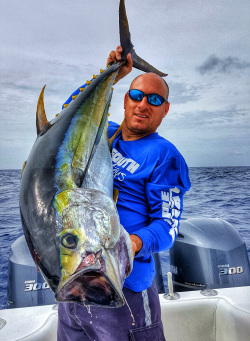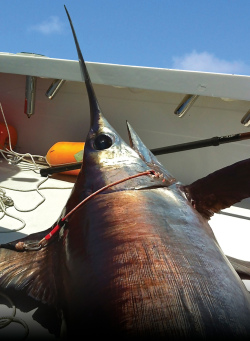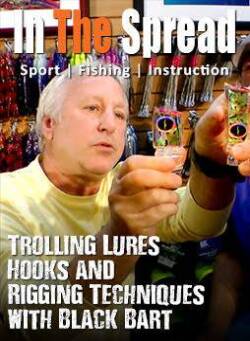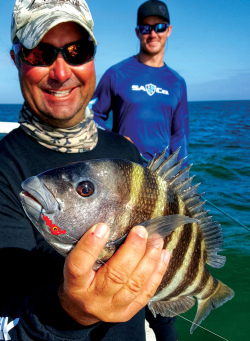Fishermen want to know where to fish, and Hilton's Realtime Navigator is a satellite data company that provides forecasts and charts for offshore fishing. In this In The Spread fishing video, Thomas Hilton demonstrates using features like sea surface temperature, chlorophyll, currents, altimetry, and salinity to make trips more efficient and smarter.
Fishing Forecast - Hiltons Realtime Navigator
(00:53:35)
Watch Full Video
View Short Trailer
Instructor:
Thomas Hilton
Description
/
Review
/
Instructor
Key Takeaways:
- Satellite Imagery: Benefits of using the latest satellite maps.
- Optimal Conditions: SST (sea surface temperature), currents, altimetry, chlorophyll, and salinity.
- Know Before You Go: Understand the fishing forecast to optimize your fishing trip by using the most recent data.
- Specific Fishing Spots: Different fishermen prefer different conditions like rips, tempbreaks, and upwellings.
- Hilton's Realtime Navigator: A leading fish forecasting service that revolutionized fishing with real-time online services.
Login
to leave a review.
User Reviews
There are no reviews yet.We Recommend
0




